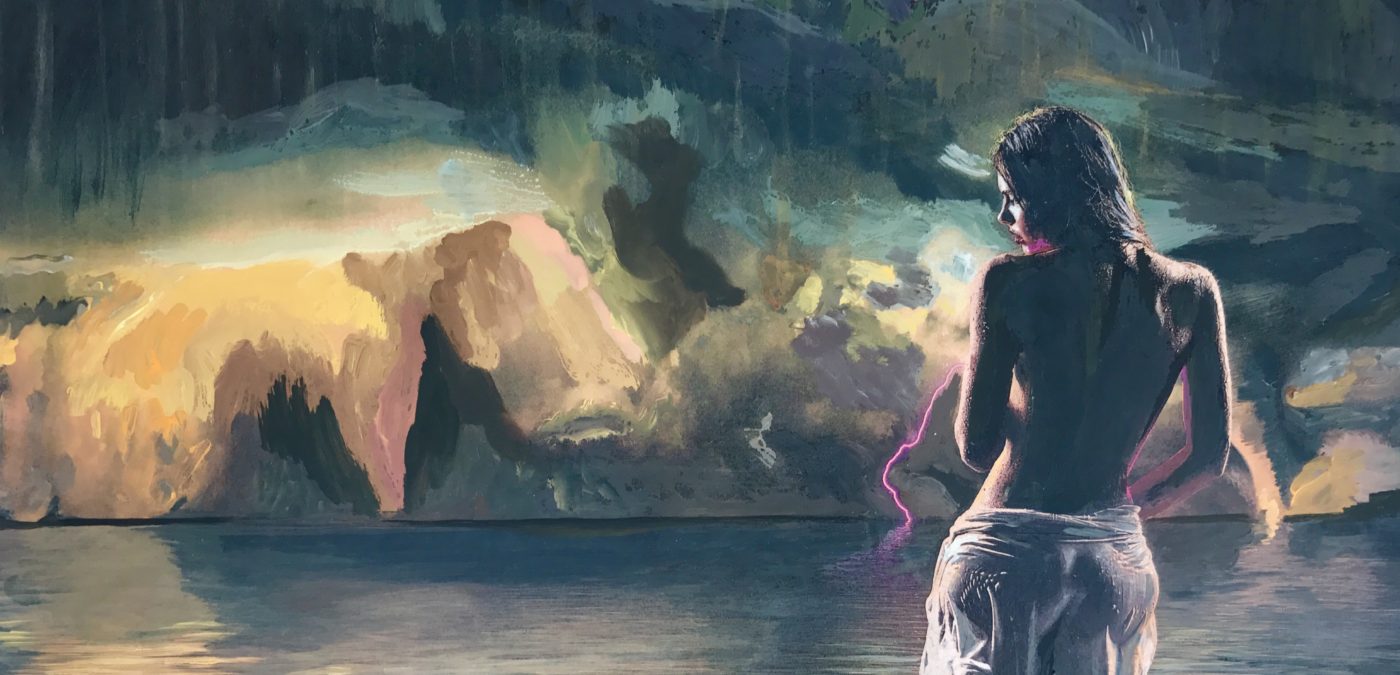The Psychological Landscape; Or How I Learned To Dream of Jinn
I’m in the throes of the final chapters of my latest novel—Vængr, which in Old Norse means ‘wing’. It occured to me that this may be a good time to point out the psychological landscape that I’ve been wandering through with my books over the past few years.
Stories have a purpose. They serve to entertain us, but they also allow us to probe realms we’ve never explored before. These are realms buried deep in the psyche, hiding things we fear the most. Many fairy tales follow this pattern. A seemingly innocent person sets off on an adventure/journey to conquer/discover a magical place filled with unreliable characters. Sometimes they’re given magical objects, sometimes there’s a benevolent guide. There are unexpected twists and turns, often danger and usually a reward. In fact, many of the elements in fairy tales are dream elements. This is the psychological landscape. Without willful intent, my stories follow a similar pattern. Upon further reflection, almost every book in Fae-Tales (the same root as fairy) can be roughly translated into a well-known fairy tale.
For instance, Marfóir is a version of Rapunzel (in Italian “Parsley”) which is a “Maiden in the Tower” archetype. I even locked the main character in a tower, without consciously knowing why I did this. This isn’t because I sat down to write Rapunzel, it’s because fairy tales and the human mind operate with the same symbolic logic. In my story, she is both maiden (fetishized by her brother-in-law), mother, queen and huntress, because she is a female archetype. As such she is also a goddess, in this case Eos/Dawn, like the solar goddess Saulė and Danaë who were held captive in a tower by kings.
Not coincidentally, her name Áine means “radiance” and she is the Celtic goddess of summer. I could break down these and other stories into a more meaningful interpretation, but the point is not to find similarities, but differences. My stories are like the original, grisly fairy tales, because the dark internal landscape is what interests me most. Like in nightmares, nothing is as it seems, the seemingly empty room is filled with unseen monsters, and the door that was there before, has suddenly disappeared. The friend who walked next to you, actually means to betray you and their sinister grin gives away their intention. There’s dream logic to my stories, causing some readers to falter and some to react strongly negatively.
My intent is not to confuse them, it’s to guide them. It’s the same reason we watch murder mysteries or horror. It’s a journey, where the shaman’s role as the storyteller is to walk with you into the murky boundaries between rational thought and the dream landscape. Its ultimate function is to heal. If you can face the mysterious horrors, then you can be less afraid of real horrors. It’s an odd suggestion for healing, but ancient peoples healed in this manner and modern psychiatrists do the same. In my writer’s mind, I have conjured up Jinn, the demons that live in the spirit realm. Their name’s etymology is multi-faceted from the Semitic root “to hide”, “conceal from the senses”, or “guardian” as may be derived from Aramaic. In my stories, they are gods, Fae, demons, angels and alien, all characters who are difficult to comprehend, shifty and not always well-intentioned. Nonetheless, they serve as guardians, uncovering the hidden spaces of our mind and forcing us to confront our fears. The next two books complete my journey. I’m glad to have walked this path with you.
Much love,
MG
